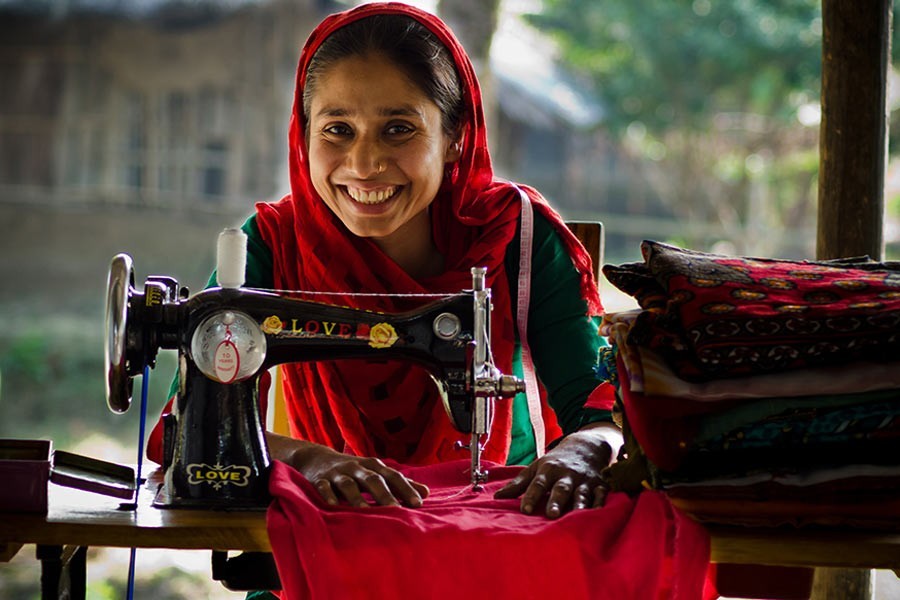The scenario of women empowerment in Bangladesh has improved between 2012 and 2015, as the share of disempowered women decreased from 73 per cent in 2012 to 59 per cent in 2015, a latest IFPRI study revealed.
The study also found that about 40 per cent women remained in chronic disempowerment, while 31 per cent moved out of disempowerment, 16 per cent were never disempowered, and 12 per cent fell into disempowerment during the study period of three and a half years.
International Food Policy Research Institute (IFPRI) conducted the study, titled Bangladesh Integrated Household Survey (BIHS).
IFPRI researcher Farha Sufian presented its findings in a recent daylong seminar on 'Eliminating Hunger and Malnutrition: Are Sustainable Solutions in Sight?'
In her presentation, she said the women, whose mother-in-laws' year of education is longer, are more empowered. These women, having more freedom of mobility, engagement in income-generating activities, and participation in community activities, receive safety net transfers in their hand.
She also said women empowerment helps households move out of poverty, increases household, child and maternal dietary diversity, raises agricultural diversity, and reduces likelihood of being underweight for children under five.
When contacted for comment about the study findings, ActionAid Bangladesh country director Farah Kabir told the FE that the findings are very positive.
But economic empowerment itself is never enough to illustrate women empowerment, as the improvement in social indicators is not up to the mark, she further said.
"We still read rape news of women in the newspapers, which indicates that their security is still a matter of concern."
Women empowerment has to be seen combinedly with the social, economic, political, decision-making and dignity indicators, she added.
In another study on poverty, it was found that population living on less than $ 1.25 a day fell by 4.98 per cent points between 2012 and 2015. The share was 32.12 per cent in 2012, which fell to 27.15 per cent in 2015.
IFPRI researcher Salahuddin Tauseef presented the findings in the programme.
He showed that about 59 per cent of the non-poor remained non-poor during the survey, while 17 per cent poor remained poor, 16 per cent moved out of poverty, and 9.4 per cent fell into poverty.
The survey showed several factors related with chronic poverty, and opined that at least primary education is required to break such poverty.
The study also suggested investment in quality education, promoting non-farm employment and revamping social safety nets to reach the most vulnerable to improve their livelihoods, freedom from violence and subjugation of women, and more schooling of females.
It also opined that social safety net transfer should be at least Tk 1,500 a month, which can protect poor from falling into poverty or remaining in chronic poverty.


